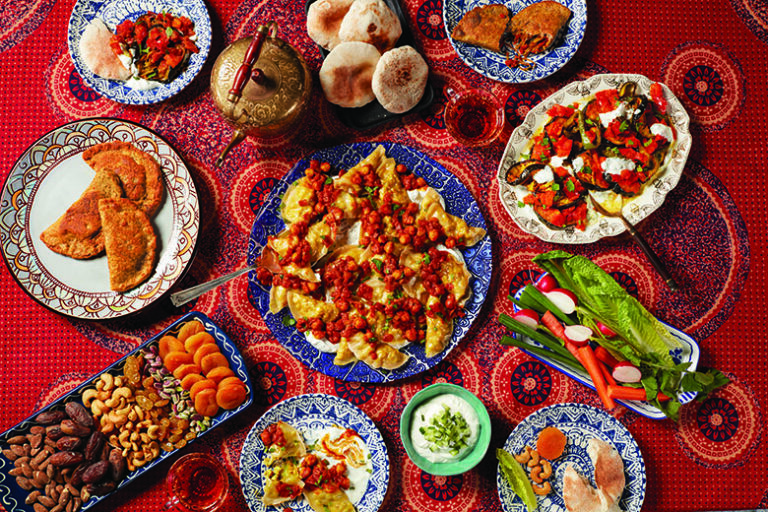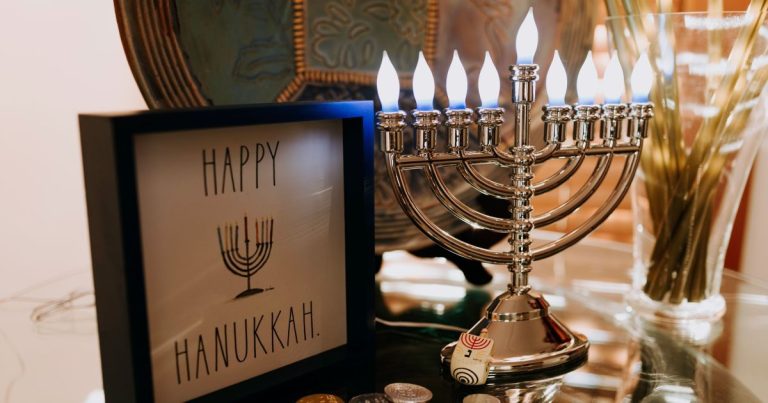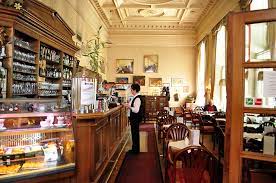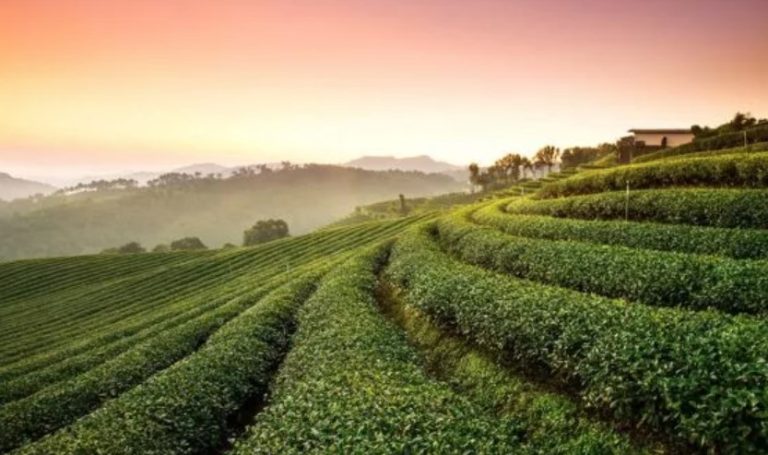Introduction: Afghan Street Food
Afghan street food is a culinary experience that offers a unique blend of flavors, aromas, and textures. Street food in Afghanistan is an essential part of daily life, as it provides locals and visitors with quick and affordable meals that are both filling and satisfying. Afghan street food is more than just food; it’s a cultural experience that reflects the country’s rich history, diverse traditions, and unique geography.
The Importance of Tradition
Tradition plays a crucial role in Afghan street food. Many of the dishes served on the streets of Afghanistan have been passed down through generations of families, and each region has its own unique spin on the classics. Traditional Afghan street food is often made with fresh, locally sourced ingredients and cooked using traditional methods that have been honed over centuries. By preserving these traditional recipes and cooking techniques, Afghan street food vendors are keeping the country’s rich culinary heritage alive.
Innovations in Afghan Street Food
While tradition is essential in Afghan street food, innovation is also a driving force. Afghan street food vendors are constantly experimenting with new flavors, ingredients, and cooking techniques to create unique and exciting dishes. Fusion cuisine is becoming increasingly popular, as vendors combine traditional Afghan recipes with international ingredients and cooking styles. This fusion of tradition and innovation has resulted in a diverse culinary landscape that caters to all tastes and dietary preferences.
The Role of Regional Influences
Afghanistan’s diverse geography has had a significant impact on the country’s street food culture. Each region has its own unique ingredients, cooking techniques, and flavor profiles, resulting in a wide variety of street foods. For example, in the north, street vendors often serve mantu, a type of dumpling filled with ground beef or lamb, onions, and spices. In the south, street vendors serve kabuli pulao, a dish made with rice, lamb, raisins, and carrots. The regional influences on Afghan street food add to the country’s culinary diversity.
Ingredients: The Heart of Afghan Street Food
Fresh, locally sourced ingredients are the heart of Afghan street food. Many of the dishes served on the streets of Afghanistan feature ingredients like lamb, chicken, rice, lentils, and spices like cumin, coriander, and turmeric. Vegetables like eggplant, tomatoes, and potatoes are also commonly used. Afghan street food vendors take pride in using high-quality ingredients that are both delicious and nutritious.
The Most Popular Afghan Street Foods
Some of the most popular Afghan street foods include kabobs, a type of grilled meat often served with bread and yogurt sauce, aush, a noodle soup with vegetables and herbs, and jalebi, a sweet dessert made from deep-fried dough soaked in syrup. Other popular dishes include bolani, a stuffed flatbread, and samosas, a type of fried or baked pastry filled with meat or vegetables.
Street Food Culture in Afghanistan
Street food culture is a vital part of daily life in Afghanistan. It’s an opportunity for locals to grab a quick and tasty meal on the go, and a chance for visitors to experience Afghan cuisine in an authentic and affordable way. Afghan street food vendors often set up stalls in busy marketplaces, outside offices, and near public transportation hubs, making it easy and convenient for people to grab a bite to eat.
Conclusion: A Delicious Fusion of Tradition and Innovation
Afghan street food is a delicious fusion of tradition and innovation that reflects the country’s rich culinary heritage. With its diverse flavors, fresh ingredients, and unique cooking techniques, Afghan street food offers a culinary experience that is both authentic and exciting. Whether you’re a fan of traditional recipes or looking to try something new, Afghan street food is a must-try for anyone looking to experience the vibrant culture and flavors of this beautiful country.













